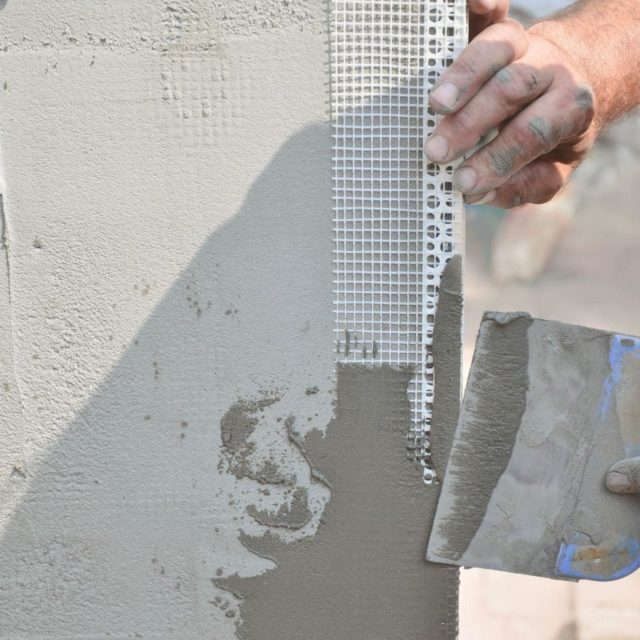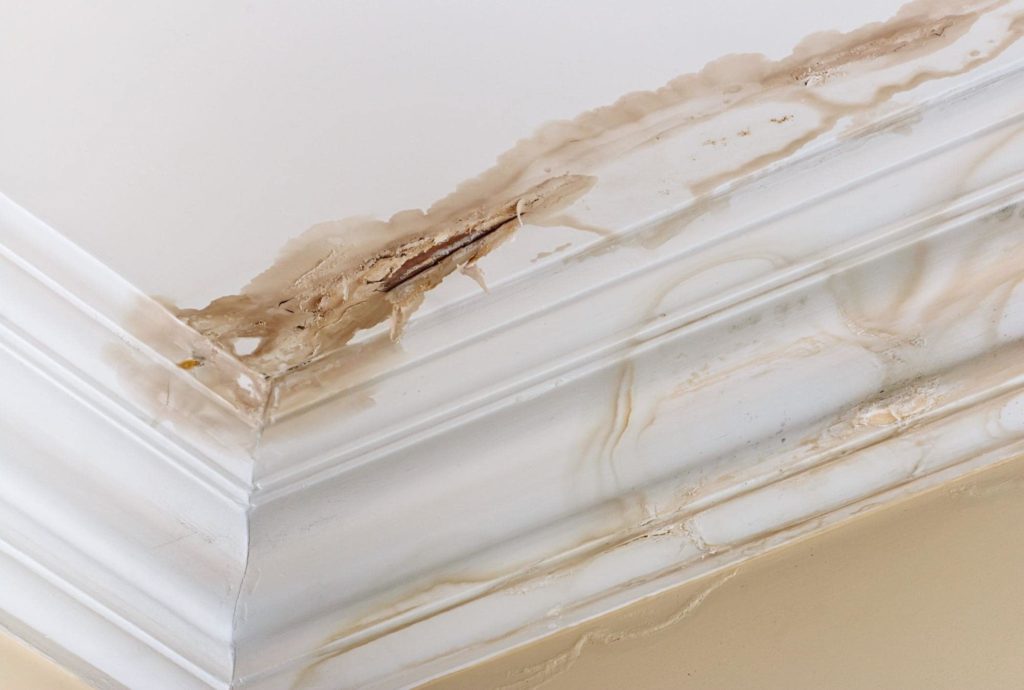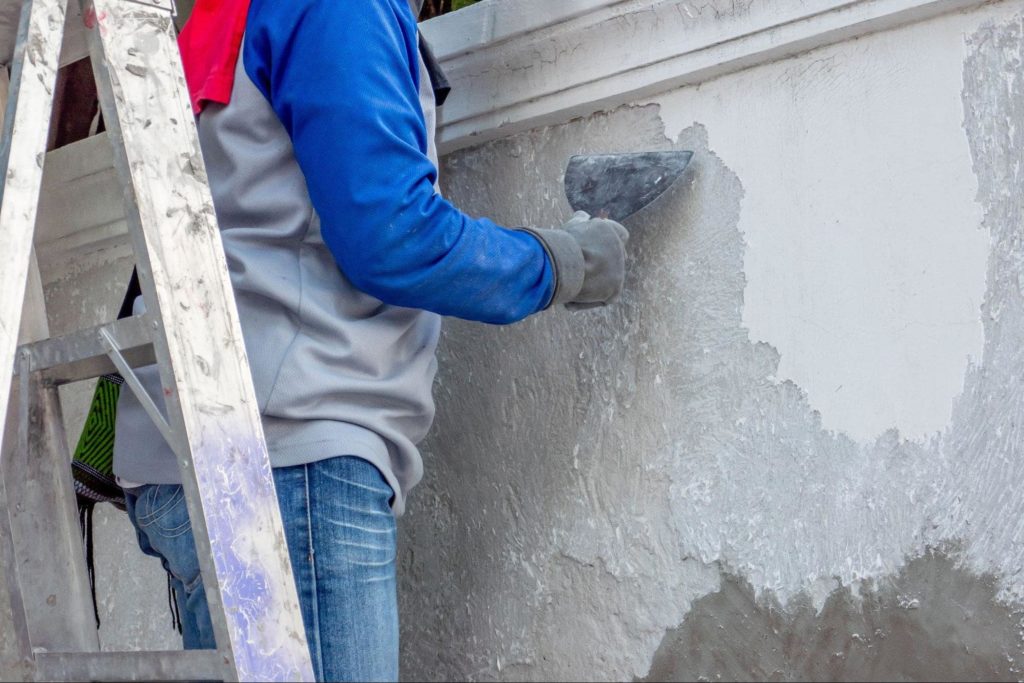What is the Stucco Remediation Process and When is It a Good Idea?

- Written by: jlbmdev

It’s not hard to see why stucco has become such a popular home-building material. A cement-based plaster applied to walls and surfaces, it’s become one of the most common exterior materials on new single-family homes in the past few years. But as popular and beloved as stucco has become — as the saying goes — nothing lasts forever.
In this blog, we’ll cover the stucco remediation process, the difference between repair and remediation, and how to know which one is right for your home.
As early as 1400 B.C., stucco was applied to both interior and exterior temple walls in ancient Greece. Ancient Roman architects would also stucco the rough stone or brick walls of large monuments — like the baths at Hadrian’s Villa.
In more modern times, stuccowork was used primarily for small-scale, residential buildings, and mostly applied to exterior surfacing (such as siding). As its popularity among U.S. homeowners has increased — like the bungalow look that was popular in the 1920s — stucco has become a go-to, especially for those looking for an Old-World feel that looks stylish and will last for years.
Cracks in the stucco itself are the most obvious warning signs. Staining or cracks beneath windows (sometimes referred to as stucco tears) are other manifestations of underlying stucco damage to watch out for. You’ll also want to inspect around your fixtures for signs of staining, as rotting wood often shows up as dark spots around light fixtures.
A leaking interior is another sign of impending stucco failure. If you find that faulty or damaged plumbing is not the culprit behind the water damage, it may be the result of trapped moisture behind the siding. Unsightly spots and marks will appear on your walls when water seeps through walls and ceilings (as pictured below). Whenever you notice a leak — especially on an exterior-facing interior wall or ceiling — you should get it checked as soon as possible.
Another sign that may not be as obvious as others is the condition of the caulk around your doors and windows. Sealing joints or seams with caulk prevents leaks. Damaged stucco lets air and moisture into the home, which can make the caulking dry, shrink, or lose its adhesiveness.

Can stucco be repaired? Yes. A stucco repair involves replacing or reapplying stucco to the areas that have been damaged. For minor or purely cosmetic issues, stucco repair may prove to be an effective solution. While stucco repair is less expensive than stucco remediation, it doesn’t fix the underlying problems that caused the damage. As with patching a tire, stucco repair provides a quick fix — not a long-term solution.
What is stucco remediation? Stucco remediation involves addressing the underlying issues before dealing with the exterior. In general, this involves replacing the home’s entire stucco system before applying new stucco or replacing it with a different house siding option, such as fiber cement siding or vinyl siding.
Because stucco remediation is more skill-intensive than stucco repair, it does take longer, requires a professional, and costs more to complete the project. That being said, stucco remediation is the better long-term choice, and it can save you money in the long run.
No matter how many times you “fix” the damage through a repair, if moisture penetrates the exterior surface, it will keep coming back. The stucco remediation process is a permanent solution since it addresses the underlying issues that led to the stucco failure (e.g. trapped moisture, dry or missing caulking, etc.) and replaces your home’s existing, faulty stucco with brand new siding. Additional benefits of remediation include enhancing the fire resistance and energy efficiency of your home.
If there’s a substantial amount of trapped moisture, then you’re going to need stucco remediation. Additionally, if your stucco is old and crumbling, or showing signs of mold and moisture intrusion, it’s probably time to have it fixed (i.e. stucco remediation).
On average, one square foot of stucco will cost between $6 and $9. The standard range for complete stucco remediation is anywhere between $1,000 and $9,000. Factors that play into the cost of stucco remediation include:

A thorough inspection of your stucco wall system is the first step in remediation. Moisture intrusion is most commonly found around windows, so inspections usually begin in this area.
In the event that underlying issues are found, the stucco remediation process begins with removing the stucco layers to the base layer of the exterior wall. Once the outer layers are removed, the internal damage(s) can be properly addressed. Next, any internal sources of that damage will be repaired as well.
Finally, the layers of stucco will be reapplied using modern materials and techniques to ensure a permanent fix. As long as the internal damage has been repaired and the stucco has been reapplied correctly, no further damage should occur to your wall system for the rest of its life (up to 50-80 years).
There is no easy answer to the question. It depends on many factors. The first factor is what kind of stucco damage occurred. If the damage was caused by poor installation, it may be covered, but the conditions go beyond that point. An Exterior Insulation and Finish System (EIFS), a type of synthetic stucco, may not be covered by homeowners insurance.
For homeowners to apply for EIFS stucco, they must hire a certified and licensed professional that has received affirmation directly from the EIFS distributor. If you didn’t use a licensed professional that was trained in stucco application, you cannot make a claim.
Water damage may also disqualify your homeowners insurance. Therefore, if the EIFS system is not installed correctly and causes water damage to your home, insurance will not be able to assist you.
As listed above, finding a qualified stucco remediation contractor is one of the most important steps in the stucco remediation process. When looking for a contractor, be sure to research a contractor’s project history, certifications, and client success rate. This will help you ensure you get a trusted contractor with the expertise and experience you need to ensure the stucco remediation process is done correctly.
Looking for information on how to hire a contractor (for any project)? We wrote a blog on the seven of the top items to put on your to-do list when looking for a trusted contractor.